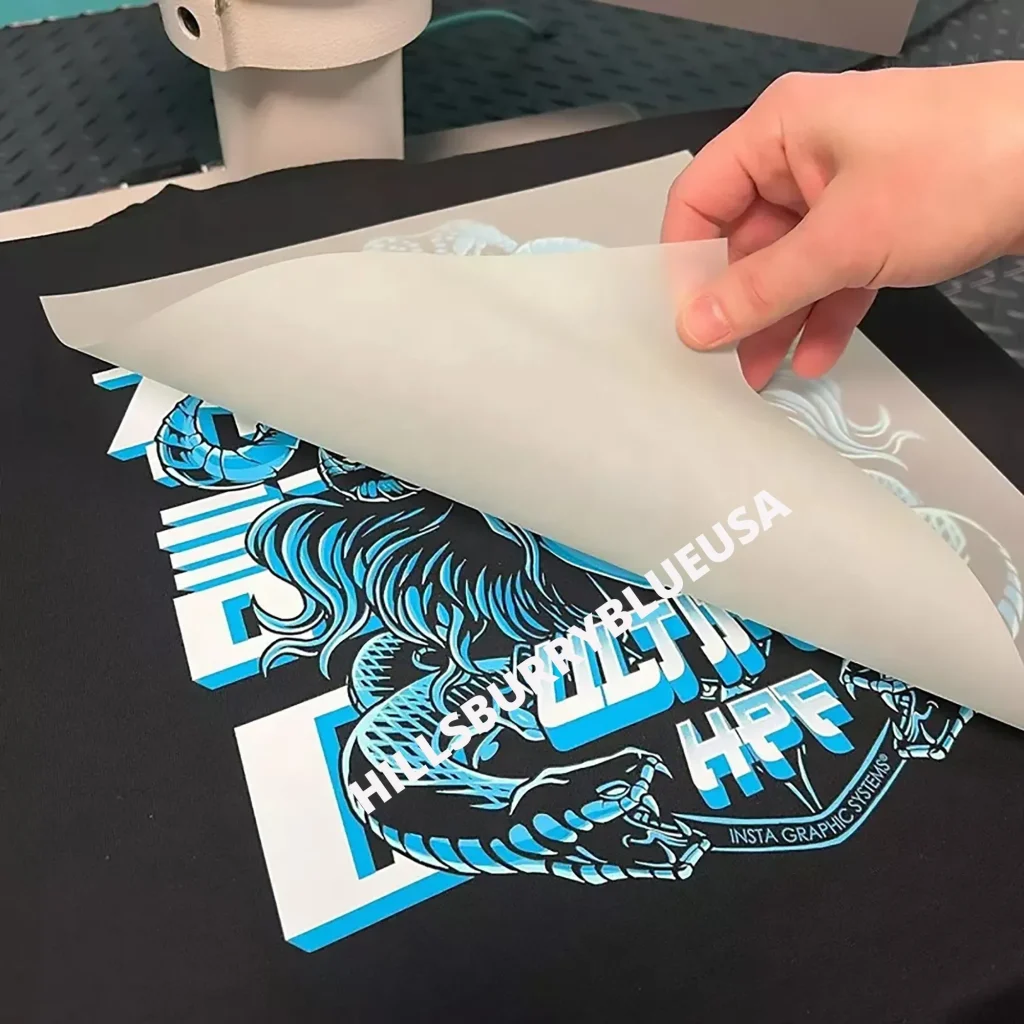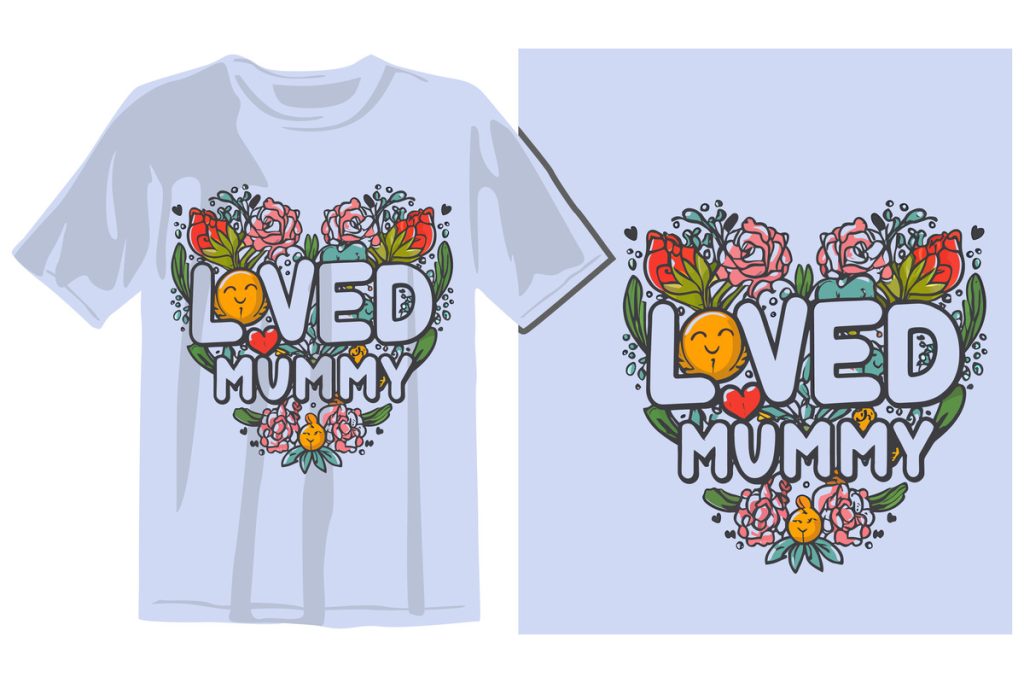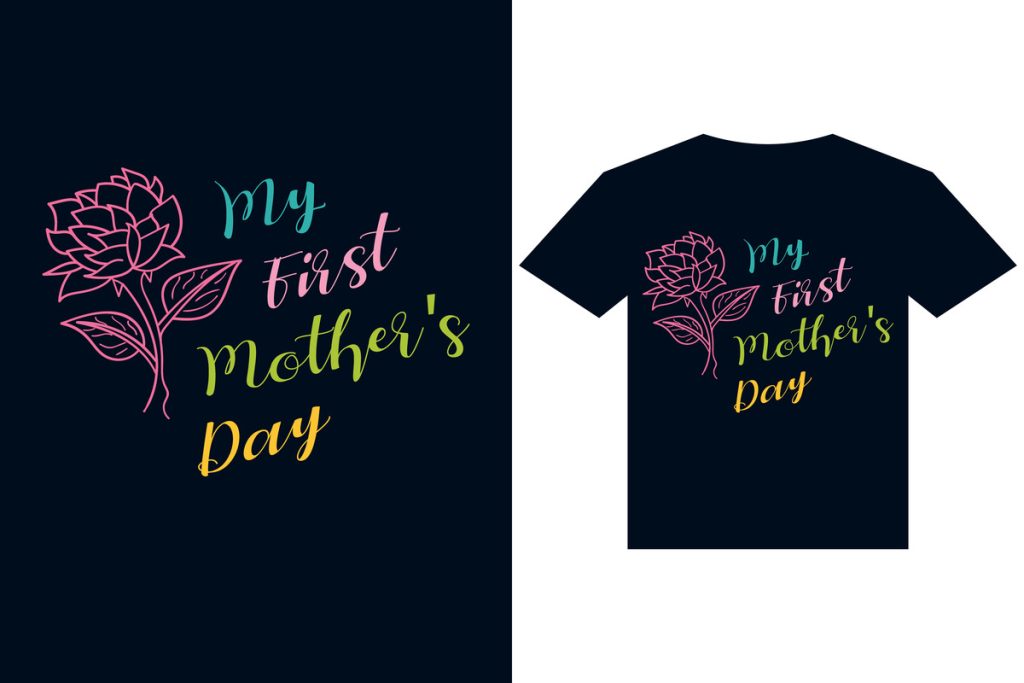DTF transfers, or Direct-to-Film transfers, are transforming the textile and apparel industry with their remarkable ease of use and high-quality results. This innovative printing technique allows for the vibrant reproduction of intricate designs on various fabric types, making it a superior choice for everything from fashion to promotional items. The benefits of DTF transfers are numerous, including their cost-effectiveness for small runs and exceptional durability, ensuring that prints maintain their brilliance wash after wash. With accessible DTF printing techniques, even hobbyists can produce professional-grade designs in their own workshops. It’s time to explore how to use DTF transfers effectively and consider some pro tips for DTF printing to elevate your projects!
In the world of fabric printing, Direct-to-Film technology opens up new avenues for artists and businesses alike. Often referred to by alternative terms such as film printing or heat transfer printing, this method involves printing designs onto a special film which can then be securely applied to different textiles. The versatility and effectiveness of DTF transfers make them a compelling option in today’s markets, bringing impressive print quality and ease of application. As you delve into this innovative printing method, you’ll uncover valuable insights on how to maximize your results and explore the myriad benefits of this cutting-edge technique.
Understanding Direct to Film (DTF) Printing
Direct-to-Film (DTF) printing is a revolutionary approach that has transformed the landscape of textile printing. By allowing intricate designs to be printed directly onto a transparent film, this method enables the transfer of stunning images to a variety of fabrics. The process is designed to maintain the vibrancy and clarity of the colors, making it ideal for both significant production runs and custom, small orders. One of the primary appeals of DTF printing lies in its ability to deliver high-quality results without the need for extensive setups, positioning it as a favorite among both amateur and professional printers.
DTF printing utilizes specialized inks that are formulated to adhere well to the transfer film, ensuring that every detail of the design is captured with precision. The simplicity of the method allows even those who are new to textile printing to produce professional-looking results. Furthermore, as technology continues to evolve, the capabilities and refinements associated with DTF printing are only expected to improve, providing endless possibilities for creativity in fabric printing.
Key Benefits of DTF Transfers
The benefits of DTF transfers are vast and cater to a variety of needs within the textile industry. First and foremost, DTF printing enables the creation of vibrant, full-color designs that are more exceptional than what many other printing techniques can achieve. This high level of quality allows for intricate designs, making it suitable for everything from personalized sportswear to high-fashion apparel. Moreover, the durability of prints created through DTF processes ensures they withstand fading from both washing and extensive wear, making it a practical choice for everyday clothing.
Another significant advantage is the cost-efficiency of DTF transfers, particularly for small batch productions. Traditionally, screen printing requires costly setup for screens, making it less viable for smaller orders. DTF printing eliminates this barrier, allowing businesses to produce quality garments without the financial burden. This level of flexibility is essential for entrepreneurs and small business owners seeking to minimize expenses while still delivering high-quality products.
Exploring DTF Printing Techniques
Understanding the DTF printing process requires a closer look at its techniques. Initially, a design is printed onto a specially prepared film using DTF inks, which are specifically formulated to adhere perfectly to the film. After this, the printed film is coated with a powdered adhesive that functions as a bonding agent. This two-step process is essential for ensuring that the inks are effectively transferred onto the fabric, resulting in a high-quality product that retains its intended aesthetics over time.
Following the initial printing and coating, the application of heat through a heat press solidifies the transfer. The combination of heat and pressure activates the adhesive, allowing the design to adhere thoroughly to the fabric. This meticulous process ensures that color integrity is maintained. As users become accustomed to the DTF printing techniques, they can begin to experiment with different fabrics and settings to achieve even more tailored results that align with their specific project goals.
Best Practices for Using DTF Transfers
To achieve optimal results with DTF transfers, it is crucial to adhere to best practices that enhance the final print quality. Investing in high-quality films and inks is essential, as the materials significantly affect both the appearance and durability of the prints. It’s advisable to conduct thorough research into suppliers and select products that have been specifically designed for DTF printing. This step ensures that the prints will withstand the test of time, maintaining their vibrancy and integrity after multiple washes.
Additionally, printer maintenance plays a critical role in the DTF printing process. Regular cleaning and upkeep can prevent issues such as clogging, which can adversely affect print quality. Taking proactive steps to manage printer performance will help ensure a smooth workflow, minimizing downtime and enabling consistent output that meets quality expectations. Moreover, it’s beneficial to run test prints on various fabric types before proceeding with main projects to ensure the desired finish and adherence.
Troubleshooting Common DTF Printing Issues
Even the most experienced DTF printers can encounter challenges during the printing process. Common issues include ink smudging, incorrect heat settings, and poor adhesion. These problems can usually be traced back to inadequate maintenance, incorrect material choices, or improper usage of equipment. For instance, ensuring that the printer and heat press settings are optimum for the specific ink and fabric being used is crucial in preventing many of these common issues from arising.
Another key factor in troubleshooting is the careful handling of DTF transfers before they are applied. Improper storage conditions or exposure to moisture can lead to significant issues during the transfer process. Making sure that transfers are stored in a cool, dry place ensures that they remain stable and ready for effective application. By being aware of these common pitfalls, individuals can better prepare themselves to troubleshoot and make necessary adjustments to achieve ideal results.
Innovative Applications for DTF Transfers
DTF transfers have opened up a realm of innovative applications that extend far beyond traditional uses in textiles. For example, these transfers can be employed in the production of personalized merchandise, promotional items, and even home décor. The customization opportunities are virtually limitless, allowing businesses to cater to unique consumer demands and trends, creating a more personalized experience for customers. The ink’s versatility means it can adhere to various fabric types, enabling users to explore a range of materials, from t-shirts to tote bags.
Furthermore, the creative potential of DTF transfers is ripe for exploration, particularly in niche markets. For example, artists and designers can leverage DTF printing to produce limited edition pieces or one-of-a-kind items, emphasizing their creative capabilities. As the popularity of on-demand printing grows, more individuals and businesses will likely capitalize on the DTF method to produce unique, tailored merchandise that sets them apart from competitors.
Frequently Asked Questions
What are DTF transfers and how do they work?
DTF transfers, or Direct-to-Film transfers, are a modern printing method used to transfer designs onto fabric. In this process, designs are printed onto a special film using DTF inks, coated with an adhesive powder, and then heat-pressed onto the desired fabric, resulting in vibrant and durable prints.
What are the benefits of DTF transfers compared to traditional methods?
The benefits of DTF transfers include high print quality with excellent color vibrancy, versatility across various fabric types, cost-effectiveness for small batch orders, ease of use for novices, and exceptional durability that withstands frequent washing, making them superior to many traditional printing methods.
How do you use DTF transfers in your printing processes?
To use DTF transfers, start by printing your design onto DTF film. Once the ink dries, sprinkle the adhesive powder onto the film, melt it in a curing oven, and then place the film on your fabric. Use a heat press to apply pressure and heat, transferring the design onto the fabric securely.
What are some pro tips for achieving the best results with DTF printing?
Pro tips for DTF printing include using high-quality DTF inks and films to guarantee vibrant prints, maintaining your printer regularly to avoid downtime, testing designs on different fabrics before production, and storing completed transfers in a cool, dry place to preserve their quality.
What techniques are involved in the DTF printing process?
The DTF printing process involves several key techniques: printing the design onto DTF film, applying a powdered adhesive to the wet ink, heat curing the film to bond the adhesive, and finally, using a heat press to transfer the design onto fabric. Each step ensures high-quality, enduring prints.
How does DTF printing compare to other printing techniques like DTG or screen printing?
DTF printing is advantageous over Direct-to-Garment (DTG) and screen printing due to its greater versatility in fabric types, lower setup costs, and ability to produce high-quality, detailed prints in smaller batches without the need for screens or complex setups.
| Key Points | Details |
|---|---|
| Overview of DTF Transfers | DTF (Direct-to-Film) printing is a modern method for transferring designs onto fabrics, known for its cost-effectiveness and high-quality outputs. |
| Benefits | 1. High Quality and Vibrancy: Produces vibrant colors and exceptional details that surpass traditional methods. 2. Versatility: Can be applied to multiple fabric types including cotton and polyester. 3. Cost-Effective: Economical for small runs, eliminating costly setups. 4. Ease of Use: Minimal equipment required, making it beginner-friendly. 5. Durability: Strong print longevity and wash resistance. |
| Techniques in DTF Transfers | 1. Printing Process: Prints designs onto transfer film using DTF inks. 2. Heat Press Application: Uses a heat press to bond the design to fabric. 3. Curing: Ensures print durability through a curing process after transfer. |
| Pro Tips for DTF Transfers | 1. Use high-quality materials for optimal results. 2. Maintain printers regularly for consistent quality. 3. Test prints on actual fabrics before finalizing designs. 4. Store transfers in a cool, dry place to preserve quality. |
Summary
DTF transfers represent a revolutionary advancement in fabric printing, combining simplicity with superior quality. This technology allows users to produce vibrant designs on various fabric types easily and cost-effectively. Understanding the intricacies of DTF transfers is essential for anyone looking to create durable and visually appealing fabric products, making it a perfect choice for both small businesses and enthusiasts.



